Rio Tinto, a Toronto listed mining group, is once again going ahead with its most important growth project, the Oyu Tolgoi copper mine in Mongolia.
The project began after the company reached an agreement with the government of Mongolia, and solved key issues hindering the $7 billion expansion of the project.
On 25 January, an underground caving process was launched, which means that the mine will start production in the first half of next year.
Rio Tinto had previously refused to start the undercut until it ended its dispute with the Mongolian government. Rio Tinto-controlled subsidiary company Turquoise Hill Resources, which owns the majority of the Oyu Tolgoi project, has been fighting with Ulan Batur for years over how to split the cost of an underground expansion that is more than $1 billion over budget and several years late.
Rio Tinto and its subsidiary have agreed to write off $2.4 billion of loans and interest used by the Mongolian Government to fund its share of the development costs, according to the Financial Times. The government will let the company extend an existing deal to import power from China to at least 2026, followed by another extension until 2030 if a domestic energy source is not made available, according to the newspaper.
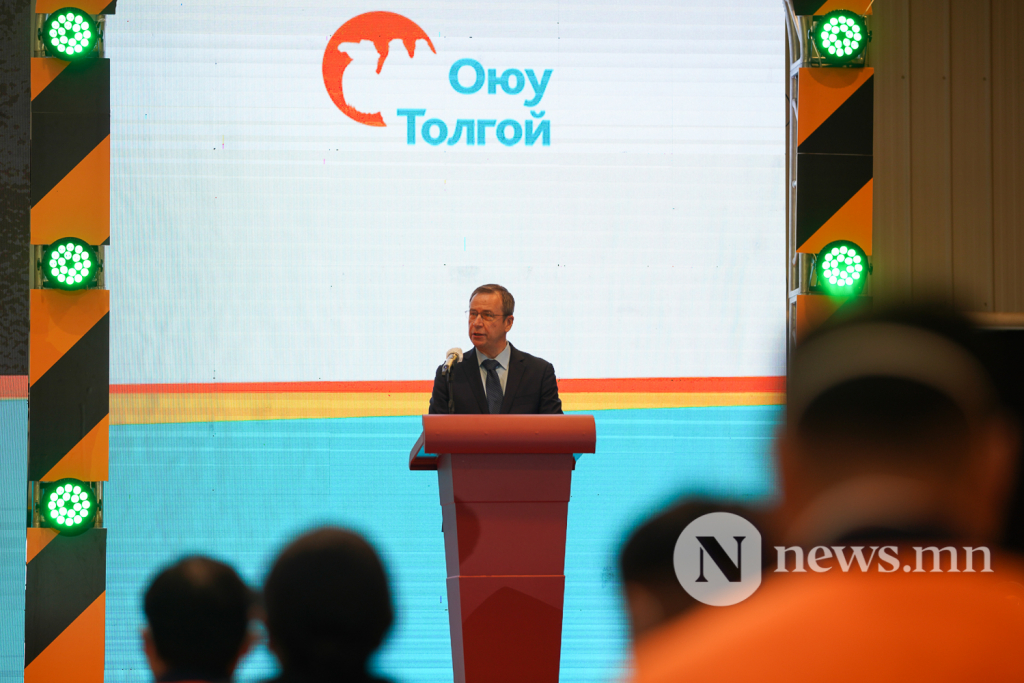
“The size and the complexity [of the project] requires an aligned way forward, and we haven’t had that for years, I have to admit,” Rio Tinto Chief Executive Jakob Stausholm said in an interview quoted by the Wall Street Journal. “So it is a big, big step forward.”
Rio has mined copper from an open pit mine at Oyu Tolgoi for a decade. Given that much of the deposit lies deeper below the Earth’s surface, it has been difficult for the company to reach the ore.
Once at full speed, the Oyu Tolgoi project will be one of the biggest copper mines in the world, producing at peak capacity 500,000 tons a year of the metal. It will also double Rio’s copper division output, according to the Financial Times.
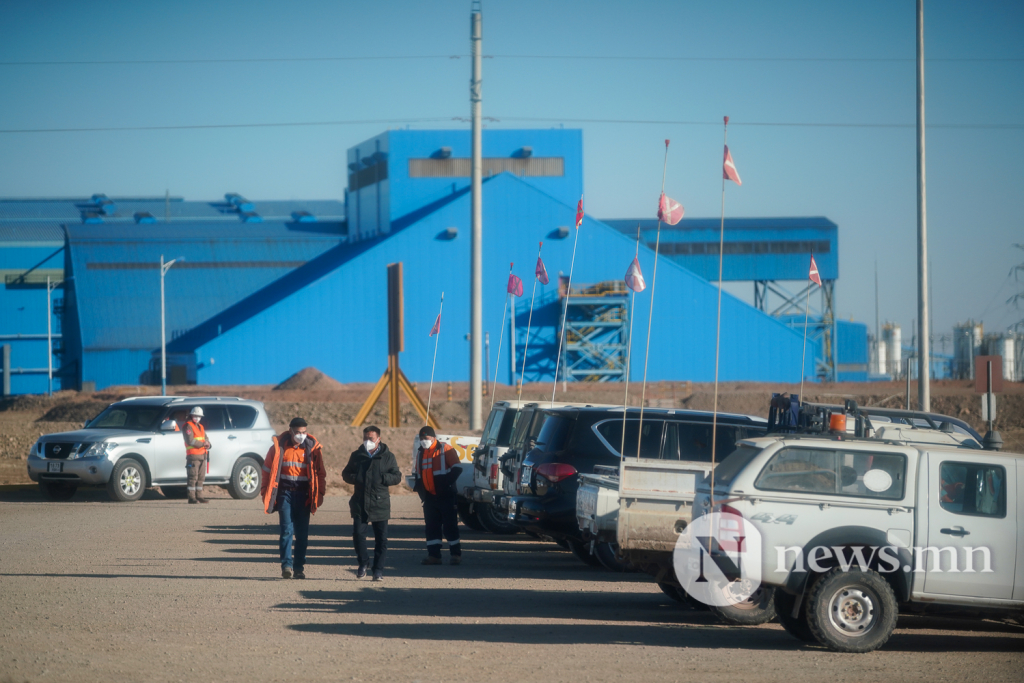
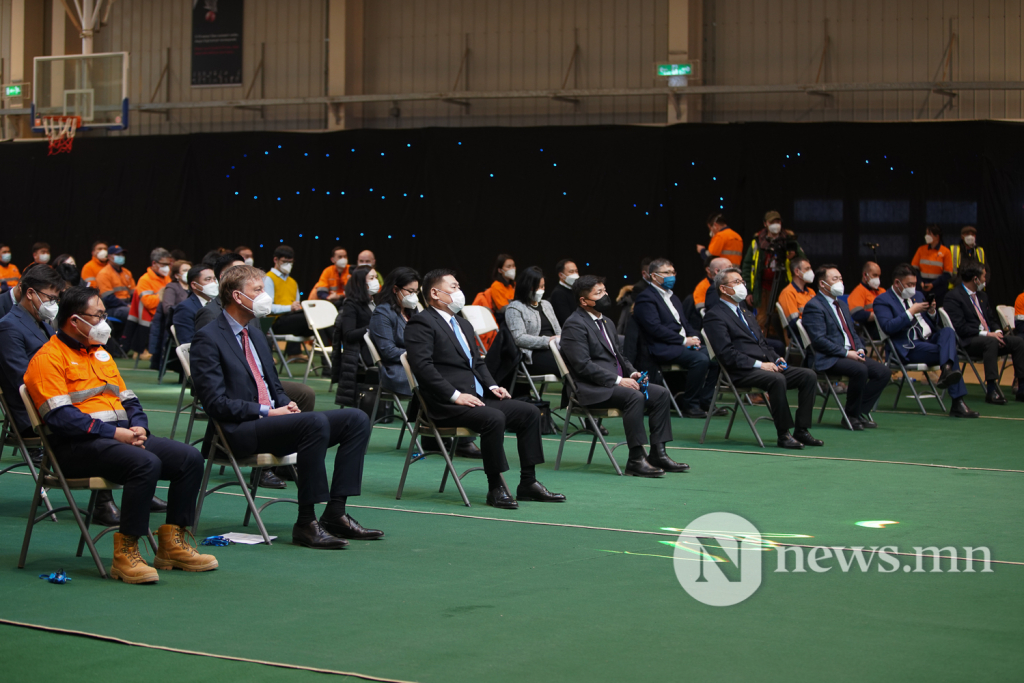
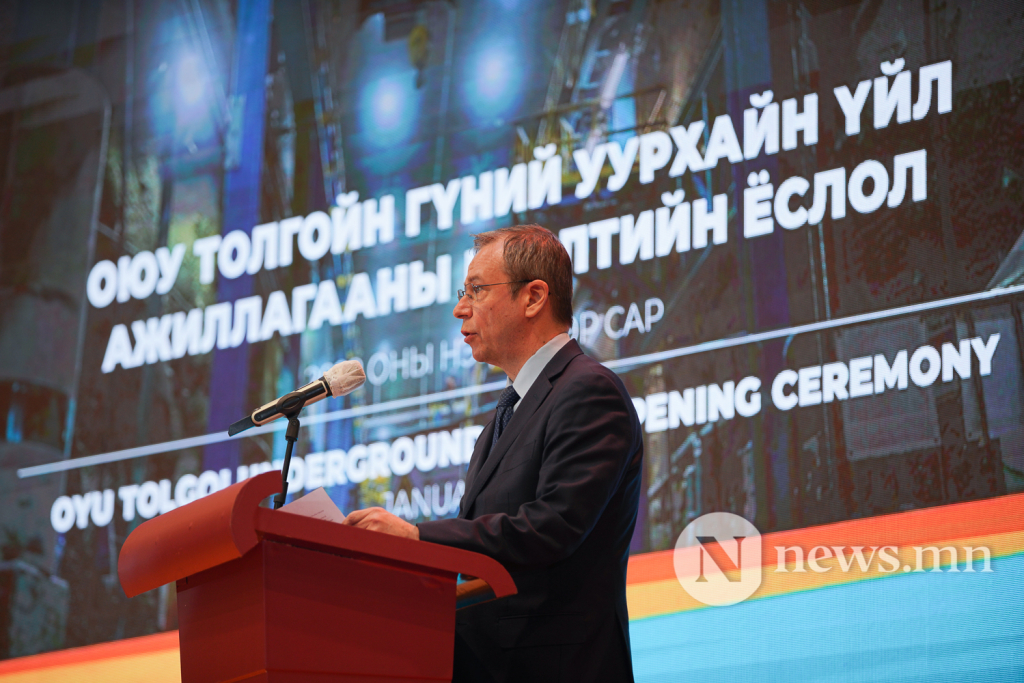
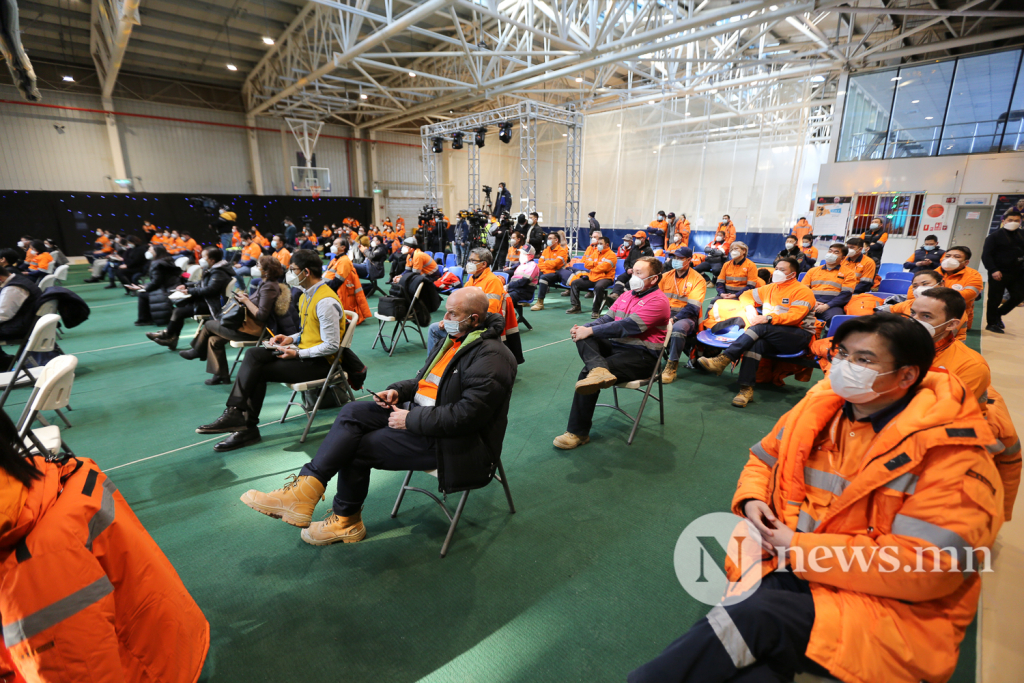

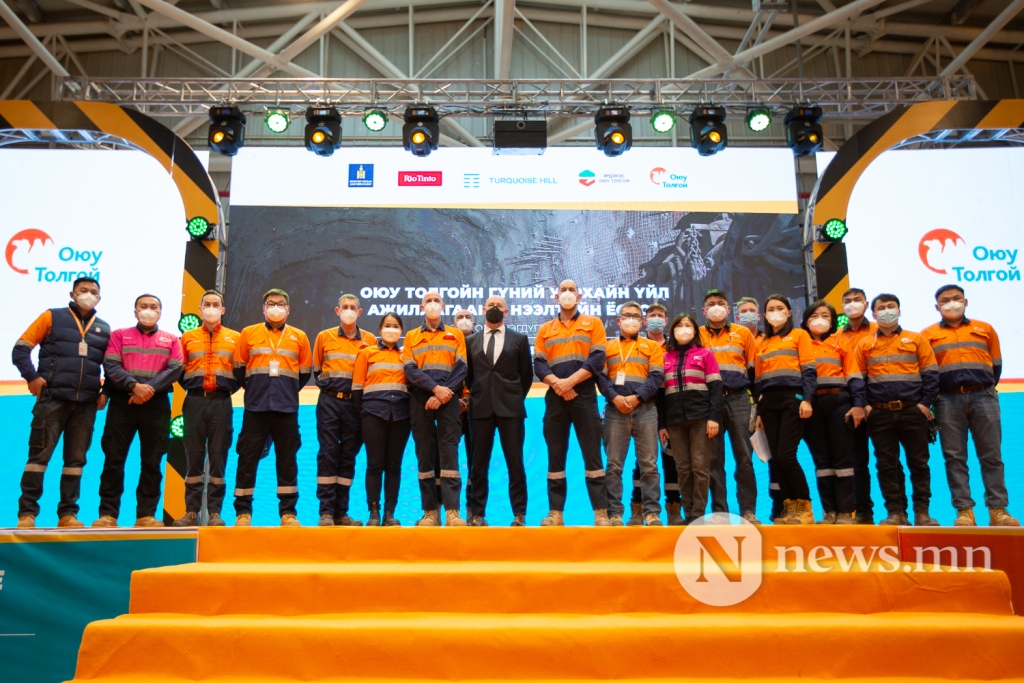 [/newsfullimg]
[/newsfullimg]
 3,575.44
3,575.44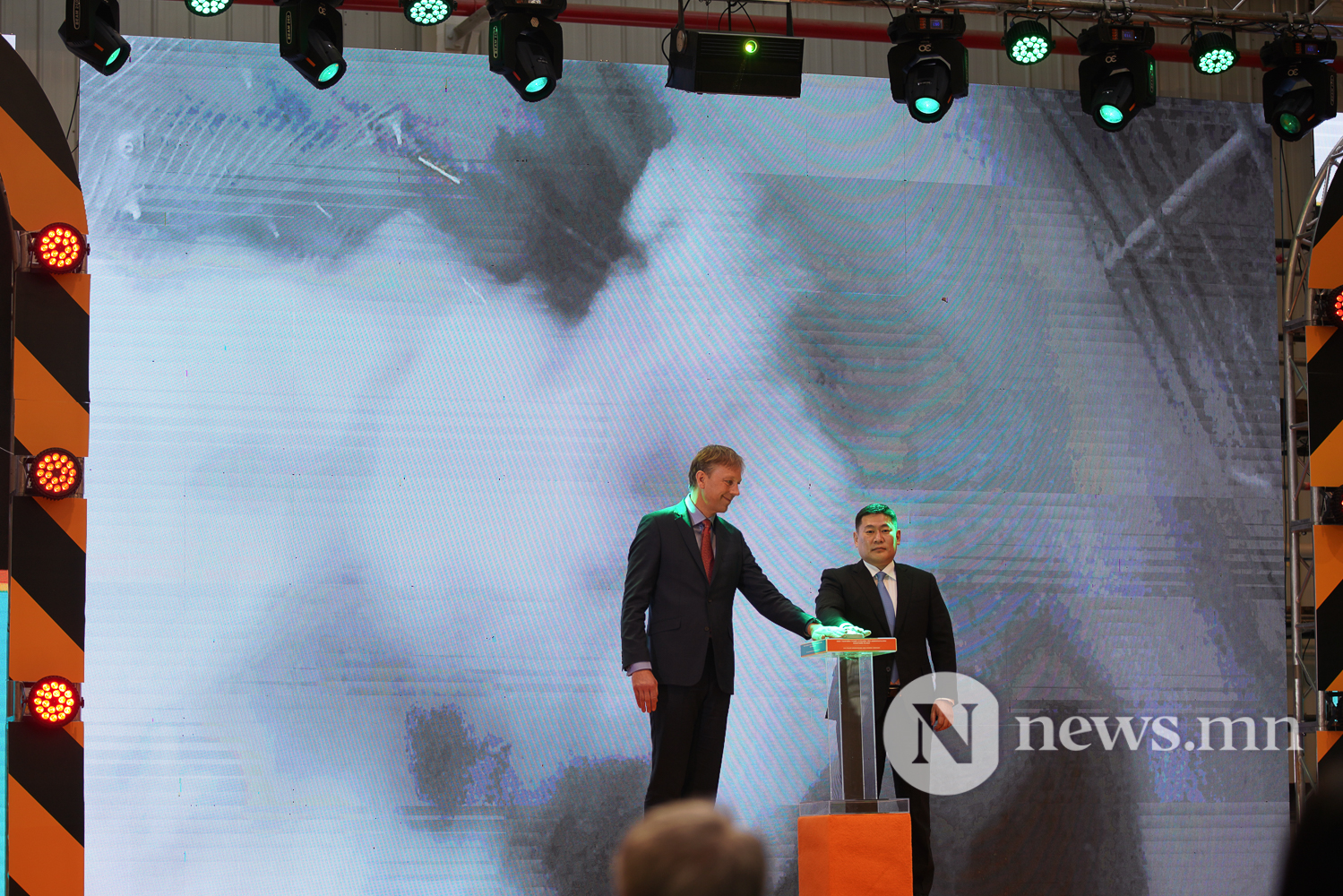









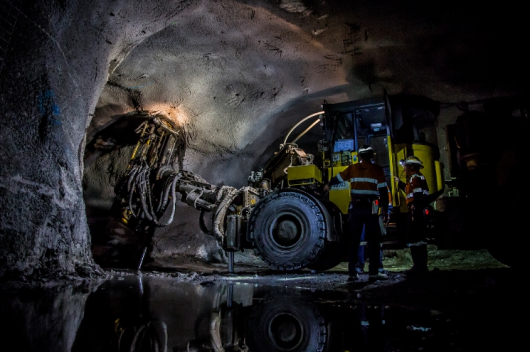

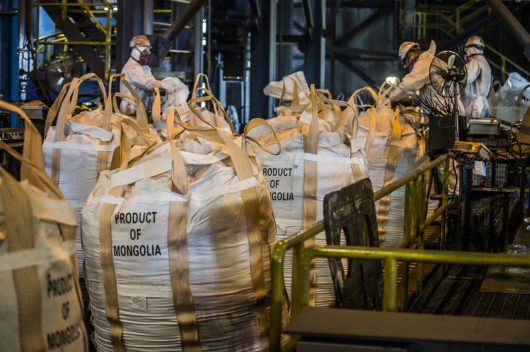
Related News